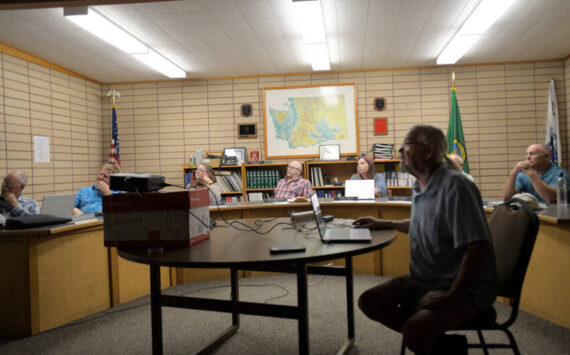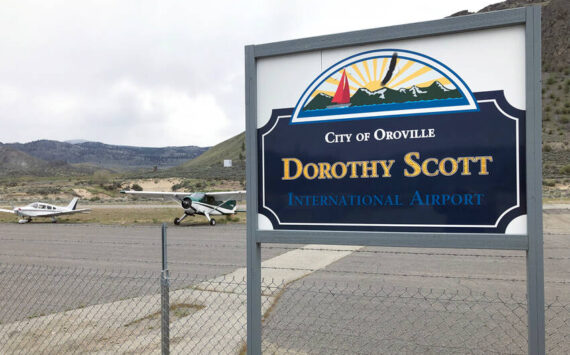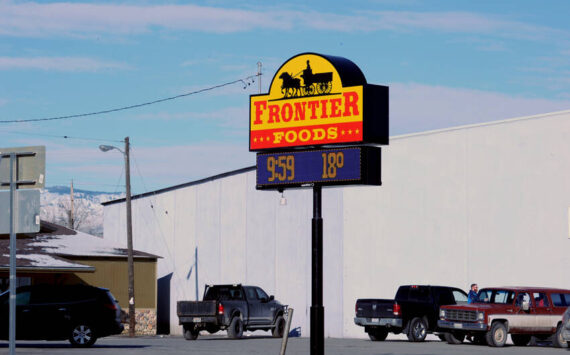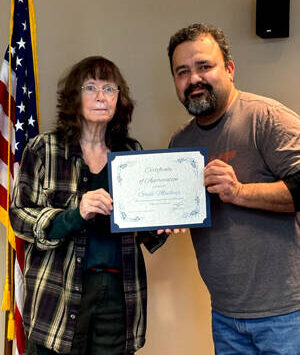Funds for weed control would come from lakeshore property tax
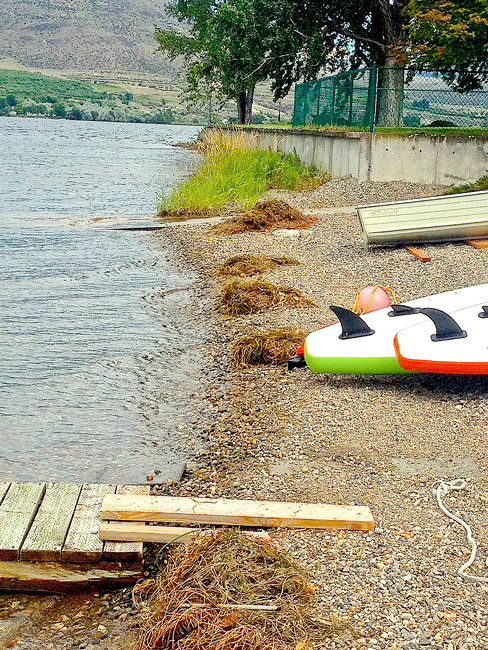
OROVILLE – The Lake Osoyoos Association is considering starting a Lake Management District to help fund treatment to stem the spread of Eurasian milfoil and other aquatic noxious weeds.
The association held it’s summer membership meeting on Aug. 16 with guest Skip Wells of Deer Lake, Wash., who discussed the benefits of being a Lake Management District. Perry Huston, director of Okanogan County Planning was also there to share information on the process on the process of starting such a district.
“We will never be able to eradicate all milfoil in Lake Osoyoos. At best we can hope to reduce its impact and get to a maintenance phase of reducing milfoil,” said Ford Waterstrat, president of the association. “The LOA used its last grant money for an application on May 24 of this year. There is no more grant money.”
Waterstrat is referring to grants from the Washington State Department of Ecology totally $50,000 that were used to treat 30 of the worst infestations of milfoil on the lake.
“We did five or six different treatments, mostly for milfoil, but one for curly leaf pondweed,” said Waterstrat. “The results demonstrated that the treatments are effective without fish die off or bad effects to other vegetation on and off shore.”
His group is looking for a more sustainable way to fund treatments and to double the number of treatment areas to 60 a year. Osoyoos Lake is an international body of water and instead of using herbicides to treat the invasive weed on the Canadian side of the border, large harvesters cut the milfoil and are supposed to then collect it so it doesn’t go downstream where every piece of the escaped plant can take root both in the water and on shore.
“Every time they harvest it in Canada we see large mats of it drifting downstream from the harvester,” said Waterstrat, who said he witnessed the harvester at work in Osoyoos, BC earlier this year.
When he returned home he said he raked his beach three times resulting in four big piles of milfoil.
“We treated 30 areas on our side of the border this year, but milfoil is everywhere. We need a more sustainable way to fund annual treatments that’s why were looking into a Lake Management District,” he said.
By forming a Lake Management District (Title 36 Revised Code of Washington (RCW) Chapter 36.61) and taxing homeowners on the U.S. side of the lake, the group could fund eradication of milfoil and curly leaf pondweed for years to come,” he said.
An LMD operates under the authority of county or city officials, but involvement of lake property owners is crucial to a successful program, according to Waterstrat. Owners of at least 15 percent of the acreage in the proposed district must sign a petition. The process includes a public hearing and then a vote. This would be put to a ballot vote of “yes or no” to each owner of any lot, tract or parcel within the proposed Lake Management District. If passed and then approved by the county there would be a special assessment which appear in a separate area on the property taxes of those who own property on the lake.
“The goal would be to set the special assessment at a reasonable rate that would not overburden lake shore owners but would allow the LMD to have a sustainable way to reclaim the lake from the ravages of invasive weeds such as milfoil and curly leaf pondweed.
“We’d like to treat the whole lake (on the American side) rather than just pockets. You can expect to hear more about this in the coming months,” he said.
The Lake Osoyoos Association would like to hear from the people who would be assessed, should an LMD be formed. The Lake Osoyoos Association is planning on having a meeting in Oroville on Oct. 8, time and location to be determined. They ask that those planning on attending RSVP at fs.waterstrat@gmail.com. Public input can also be sent to the same email address.
“We would like a big turnout for this,” he said.

